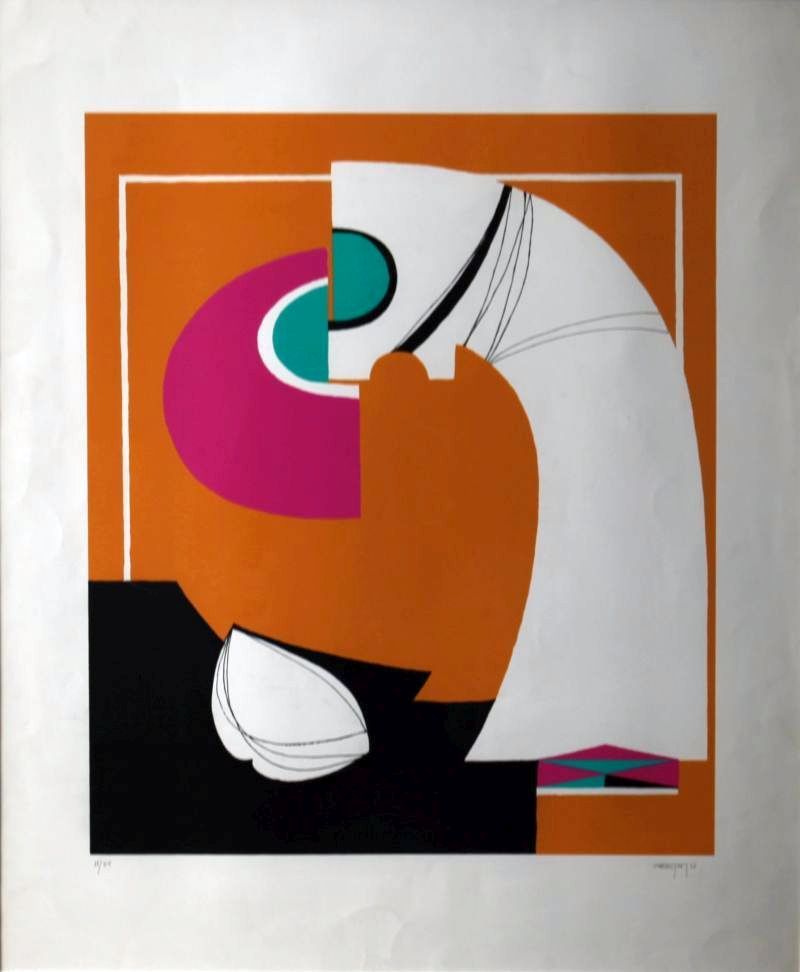I’d started a strength training class ($25 a pop)
after my mom’s hands no longer worked, after her arms
hung weak by her sides and she didn’t have the power
to pull up her pants. For two years I’d thought
I’d started a strength training class ($25 a pop)
after my mom’s hands no longer worked, after her arms
hung weak by her sides and she didn’t have the power
to pull up her pants. For two years I’d thought
She is on her knees in the garden. The sun, as of yesterday, an hour early. There are no dead snails in the saucers of beer, though she has finally seen the pale-yellow cabbage butterfly. Searching the half-eaten mustards and turnips, she looks for the caterpillars and their eggs as if she were inspecting a child for lice. Extracts the first, hiding along the stem of the most mature start. Studying its curl on her finger for a breath, perhaps peering its translucence to judge it female, before she presses. Leaf by leaf plant by plant until her fingertips are dirty with the mess.
I wonder if anyone ever asked Mary
if she wanted a baby? If she was fine
with skipping the sex and going straight
Turner could have done no better,
nor did he, articulating the light
made now radiant, prismatic:
Kimberley didn’t know that her estranged father, Mr. H, cloth magnate, up-and-coming politician, had been shot. While he was in Trinidad, sliding from the leather backseat to become a heap on the floor of his car, she was still in self-imposed exile in Barbados, her tongue traveling down the ripples of her “roommate” Rachel’s sculpted stomach.
then, the bottom fell out. until then, your black ass better treat every cop with suspicion. even then, the narrative arc is an aporetic irruption between disequilibrium, and equilibrium-restored. then comes marriage. right then and there, she met her in her peculiar of places with a shudder inducing tenderness. well then, what have we here? how then does one make legible the sexual violation of the enslaved when that which would constitute evidence of intentionality, and thus evidence of the crime—the state of consent or willingness of the assailed—opens up a pandora’s box in which the subject formation and object constitution of the enslaved female are no less ponderous than the crime itself or when the legal definition of the enslaved negates the very idea of “reasonable resistance”?[1] and then, it was over? if this is how it’s gonna be, then get me a napkin and the hot sauce out my purse. by then, you wouldn’t recognize or feel comfortable in your own neighborhood anymore. then, why you got all of us out here face down on the pavement with our hands cuffed behind our backs? then, of course, the explanation had to be fished out from the bottom of the tallahatchie. so then, you best get to crackin’. then, at least you wouldn’t be caught off guard when you didn’t get equal treatment. whatever then, as even a surprise to herself, she ordered his accountant to write the gay bard a cheque for two hundred and fifty thousand euros. then, what?
Courtesy of the Hindiyeh Museum of Art

MOHAMMAD AL QASEMI, UNTITLED
SILKSCREEN ON PAPEAR (60 x 80 cm)
By ABDELAZIZ ERRACHIDI
Translated by NARIMAN YOUSSEF
The Bedouin’s Journey
I know a man whose heart is instructed in Bedouin life. He knows the desert and its moods, and has learned early on that it doesn’t like to be challenged. I know him walking without pause, teaching his feet and his heart the ways, walking slowly and deliberately, the trails trembling beneath him. Aimlessly he digs into the sand of the earth and settles nowhere, for his early existence taught him that a real Bedouin doesn’t settle except in death. He may pause, but if he does, life sneaks up on him with its poison. With every pause comes an ache. The trick is not to overcome life’s problems, but to understand its laws.
Translated by ALICE GUTHRIE
To my counterpart in privation: The Awaited Mahdi, Mohammed al-Mahdi Saqal[1]
If he’d obeyed me I wouldn’t be here now, and he wouldn’t be there, either… but he’s what they call around here head-cracking stubborn.
Lice and stench and cockroaches. I thought head lice died out ages ago, but in this dump they’re still going strong. The flabby woman sitting across from me is picking through her friend’s hair. From time to time she yells out, “There’s one. I’ve got it!” She squashes each little nit between her two thumbs.
My mother used to put my head on her lap, too, and search for those tiny little bugs. She’d set herself up ready with a bottle of paraffin next to her, and one of those combs made from sheep or gazelle horn that we all used in those days, and then she’d launch her attack on the parasites feeding on my blood. I’d be trying to wriggle away; she’d grab my arms; I’d keep struggling. Eventually she’d lure me in—I’m gonna tell you the tale of Hayna, who was abducted by the ghoul[2]—and at that I’d surrender instantly.
By ABDELMAJID HAOUASSE
Translated by NASHWA GOWANLOCK
An hour before their father would wake up and take them to the beach, they lay under a block of sunshine in the courtyard of the house. They waited an hour, or longer, until they were almost fed up. But they kept occupying themselves lazily with the blueness above, as the hands of time crept by.